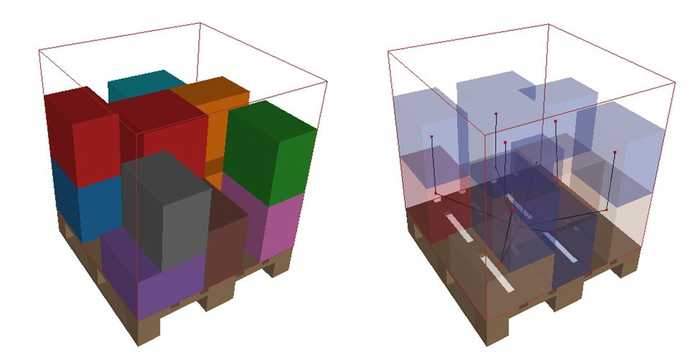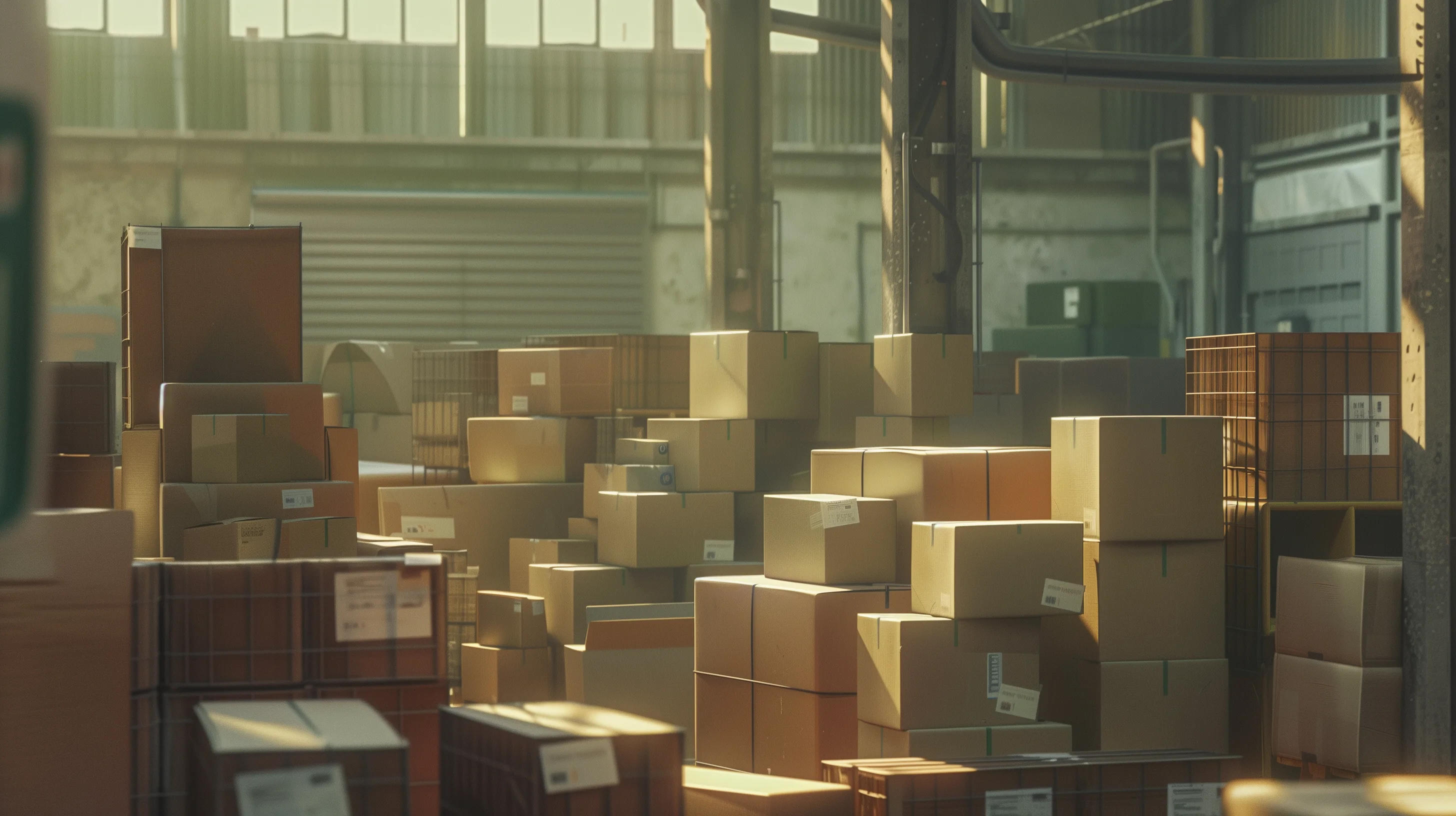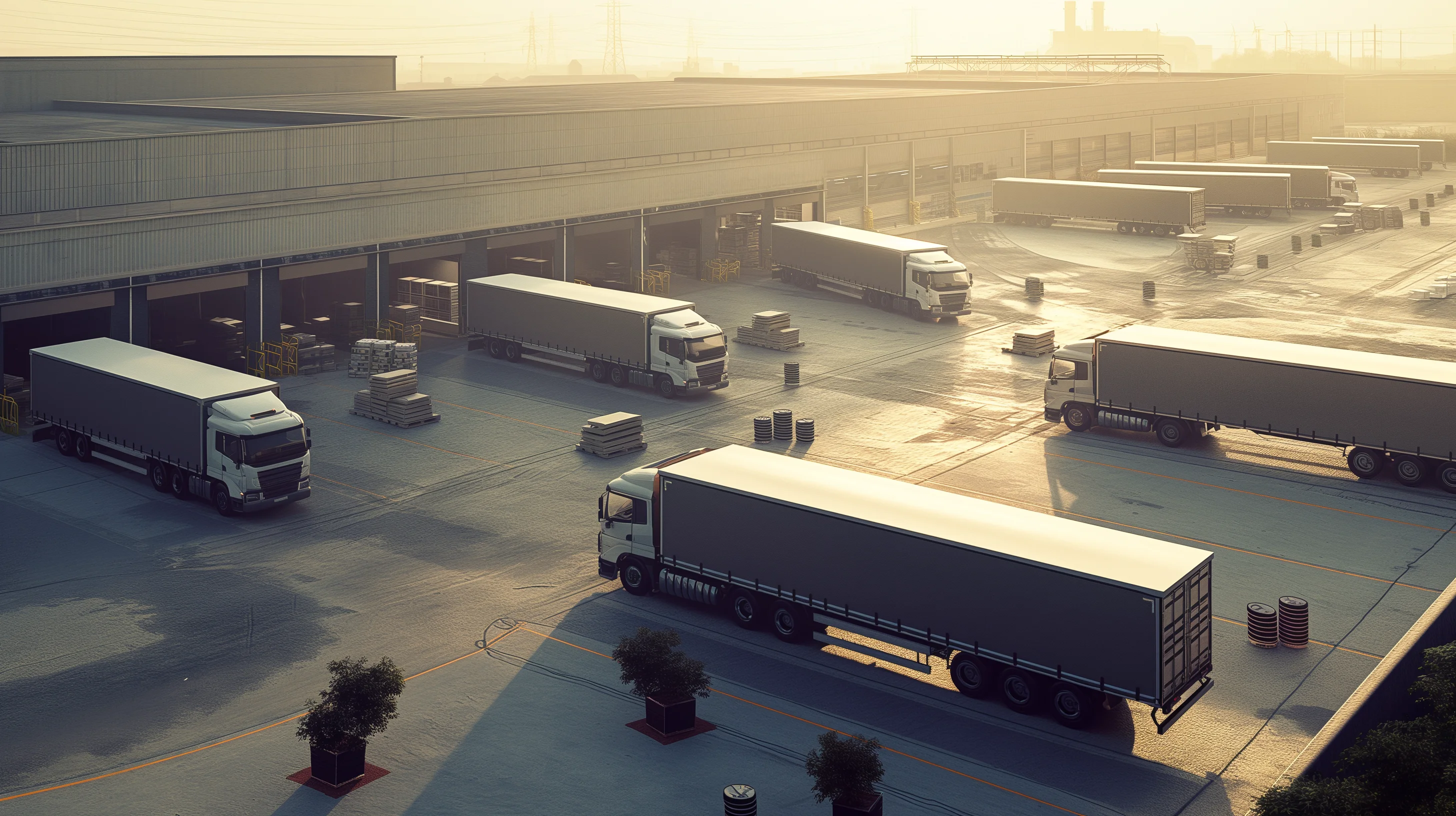How Tetris-playing AI helps save resources and CO2
The research project “The Perfect Package” was about packing goods in large packages as space-efficiently as possible. The aim was to use AI to make the packaging process more efficient and to optimize shipping so that both would be more economical and environmentally friendly without affecting delivery times.
Together with our project partners from the Institute of Conveyor Technology and Logistics Systems at the Karlsruhe Institute of Technology (KIT) and the software manufacturer of Dr. Thomas + Partner (TUP), which specializes in logistics, our AI experts from AMAI have developed heuristic and reinforcement learning (RL) approaches that address the problem.
challenge
Packaging processes in the logistics sector have a problem: They are inefficient in terms of space usage. This has negative economic and ecological consequences. Since air is transported unnecessarily, more filling and packaging material and a higher number of packages are required. This in turn leads to higher costs, greenhouse gas emissions and a larger environmental footprint.
This problem is described in scientific literature as 3D container problem known. The 3D-BPP (from English “3D-Bin-Packing Problem”) is one of the most prominent optimization problems in logistics. Containers such as packages or pallets must be filled with goods that are as close together as possible in order to minimize the number of containers required.
The specific use case in this project required additional, project-specific restrictions. For example, there was a division ban for individual orders, i.e. the goods could not be distributed over several containers. An overhang ban stated that packages could not extend beyond other, underlying packages.
The research project, funded by the state of Baden-Württemberg, sought innovative approaches to reduce unused space and the number of containers in these packaging processes.
approach
To solve the problem, a simulation environment built up. This virtual representation made it possible to play through many different pack scenarios with containers and packaged goods of different sizes.

This was pointed out two AI solutions developed for the container problem: a heuristic approach and an approach that uses reinforcement learning (RL). Different model variants were designed for both variants.
For comparison with other approaches from literature and industry, a Target metric used, which takes into account both the number of containers used and the unused space within the containers (in liters).
In order to enable faster model training and thus shorter development cycles, a simplifying done. By discretizing the packaging space in 3D grids with various resolutions (from 0.1 cm to 16.0 cm), the action space was reduced.
After a testing phase in a digital twin, the best models were selected. In order to validate the practicality of the solutions, a research partner's warehouse was equipped with a Field test carried out. A large order was packed according to mathematically generated instructions.
upshot
The project provided valuable insights into how AI can be used to solve packaging problems in the logistics sector. Both the heuristic and reinforcement learning solutions were able to place goods fully automatically in containers.
On the basis of orders selected at random from the test data, the various solutions and an existing baseline were compared. The heuristic always achieved the best target metric. Especially with large orders, the newly developed models were able to exceed the status quo.
The one carried out in a warehouse Field test was successful. A major order was successfully packaged with the help of a model proposal, which demonstrated that the virtual solutions could be implemented in practice.

Another result of this project was a simulation environment that can be used to train reinforcement learning agents for packaging problems.







.svg)





